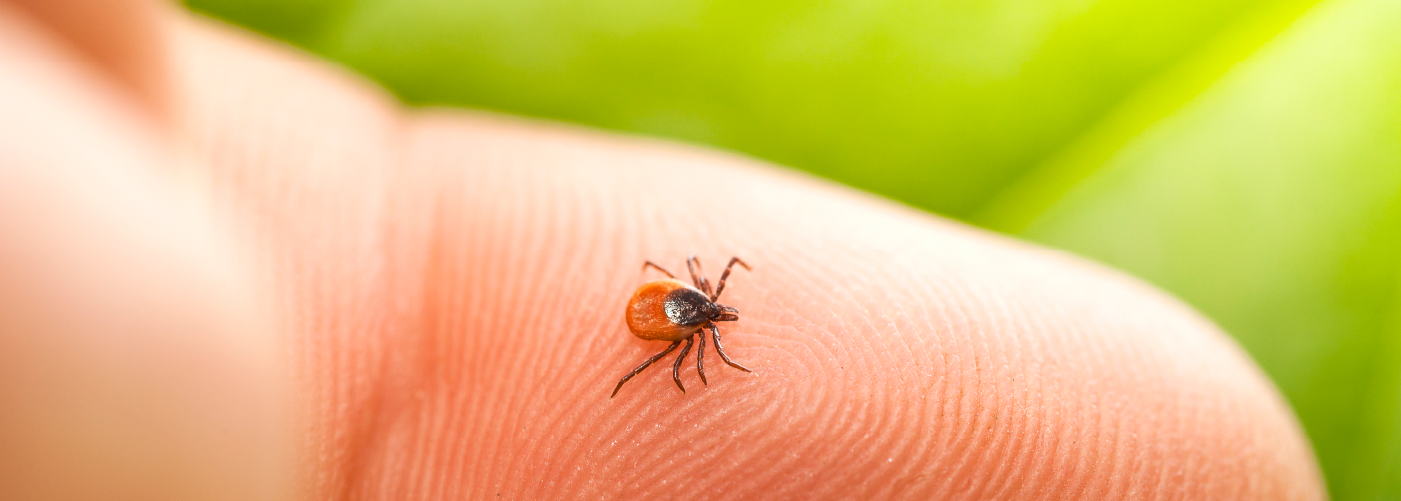Ticks and Lyme Disease
Lyme disease is caused by bacteria that is spread through the bite of an infected blacklegged tick, also known as a deer tick. The Government of Ontario provides more information on Lyme disease and how to identify a blacklegged tick.
What to do if you are bitten by a tick
Did you know you can have a tick species identified by public health staff? If you have a tick attached to you or you have pulled one from your body, bring it in during regular operating hours. This is a service for tick bites on humans, not pets.
Remove a tick as soon as possible to reduce your risk of getting Lyme Disease.
- using fine-tipped tweezers, carefully grab the tick close to the skin
- pull it straight out, gently but firmly
- don't squeeze the tick!
- don't put anything on the tick or try to burn it off
- clean the bite site with rubbing alcohol and or soap and water
Ticks that have been removed from a person can be brought to Southwestern Public Health for identification. Knowing the type of tick, can help determine the risk of getting Lyme disease.
- place the tick in a screw-top bottle or hard plastic container
- keep an eye out for symptoms such as fever, chills, headache and/or the bull's eye rash (not everyone develops the rash)
- talk to your health care provider if you have any concerns
- ticks will be identified but there is NO TESTING for Lyme disease in the tick. Your health care provider will assess your risk of Lyme Disease based on how long the tick was attached, symptoms and other factors.
Note: Southwestern Public Health staff are not able to remove ticks from clients.
Protect yourself from ticks. Watch this short, informative video:
Online tick identification
eTick is a free electronic tick identification service available online or by downloading the mobile eTick app. Send in a photo of your tick and it will be identified within 48 hours. They will contact you with the results and provide the necessary public health information. View all the ticks eTick has identified on their public tick map.
What to do for a Black Legged tick bite
If you or a human in your home has been confirmed to have been bitten by a black legged tick (deer tick), you may need to seek health care right away for a course of antibiotics. Primary care providers and pharmacists in Ontario can prescribe prophylaxis for patients who have had a tick bite but are asymptomatic.
Refer to this resource for the treatment protocols recommended for pharmacists treating tick bites.
Information for health care providers
Avoid picking up a tick
Ticks like areas with tall grass and bushes. They get on people who walk through these areas. Ticks cannot fly or jump.
- Wear long sleeves, pants and fully closed boots/shoes in tall grass, wooded areas or marshlands
- Tuck your pants into your socks
- Wear light-coloured clothing to spot ticks easier
- Use a bug spray with DEET as directed on the label
- Do a tick check after walking in an area where ticks might be
- Shower and towel off to remove any ticks that might not be attached, and then check underarms, neck and groin area
- Learn more about Tick Bite Management
- Be aware of Blacklegged Tick Risk areas in Ontario
Read our Tick Tips poster for more Tick and Lyme prevention tips.











